|
Author: Connie Cann, Development Associate and STEAM Coordinator Akhi (age 10) wants to know: Should we recreate our whole block in Minecraft? We’re about halfway through our Summer MinecraftEdu Workshop @ CCC. During the school year, we offer three MinecraftEdu tracks at CCC: Digital Citizenship, Architecture, and Computer Programming. If you know any children (or gaming adults, let's be honest) you've probably heard of Minecraft. It's a sandbox game that users have used to explore, build circuits, program functional calculators, and create digital communities. MinecraftEdu was adapted by teachers and programmers at TeacherGaming to create compelling and immersive educational experiences through Minecraft. Over five thousand teachers around the world use MinecraftEdu in their classrooms, and have access to a library of prebuilt worlds and lesson plans, including Joel Levin's Escape from Everest. In Escape from Everest, players start in a bunker beneath Mt. Everest. After working together to navigate to the surface, players realize that Mt. Everest is the only dry spot left on the planet: the ice caps have melted, flooding the Earth and destroying all life forms. The goals of their project are to cultivate new trees on the surface to bring Earth back to life, and produce iron in order to build a rocket to contact other human who are living in space. "However, these goals are in conflict. There is no coal... to smelt the iron, thus they must cut down and use some of the very trees they are trying to grow to burn as fuel. This sets up a social and technological tension which must be navigated." Our Summer MinecraftEdu Workshop is focused on architecture. Before starting our Summer project, recreating CCC in MinecraftEdu, our youth spent a few weeks planning. While learning about the importance of blueprints, ratios, and grids, children aged 7-10 watched timelapes of other users building large-scale projects. They practiced recreating structures from around the world, including the Great Sphinx of Giza. We walked around the real-life Center, and afterwards each child built the same corner of the Center in a practice world. Afterwards, we walked around in Minecraft to look at what everyone built, discussing which elements to use in our collaborative building project. During the summer, our two hour period is broken up into four sections: briefing, working, free-time, and debriefing. We discuss the project, plan for the day, and assign roles before working on the project. After working, children go into their home base MinecraftEdu world, where they all have their own houses within a small city they built together. Last, we sit in a circle, pass around a snack, and discuss what worked well that day and what didn't work. We still have some landscape, roofing, and interior design to go, but the children are already feeling proud of what they have accomplished together so far. For our children, every MinecraftEdu experience is a lesson in digital citizenship. Every workshop presents new problems to be solved and new issues to be discussed. They make connections to real world topics and skills through their digital experiences, and live in societies of their own creation. Read our last MinecraftEdu blog.
Video compiled by Connie Cann, featuring interviews and footage of Clinton "CJ" Hoilett, Molly Norris, Akhi Mosley, Jecon Bruce-Sanders, and Imam Firmin. Music created by C418 for Minecraft. We are using the CustomNPCs Mod for this project, and we use the ComputerCraftEdu Mod for other workshops. Thank you to The Awesome Foundation for funding our MinecraftEdu licenses! Author: Janelle St. Charles, Director of Out-of-School-Time Programs
Dear Families, It is with mixed emotions that I am writing this letter to let you know I will be leaving Cambridge Community Center at the end of September. I have accepted a position at Dearborn Academy STEP Program as a Behavior Specialist. This decision was a difficult one to make. While I am excited for this new adventure, I am saddened at leaving the CCC. I began working here in 2011 as group leader, and returned each summer until 2014 when I was promoted to the Director position. This after school and summer program and the CCC have brought me so much joy in the time that I have worked here and I consider myself extremely lucky to be able to say that. I have learned a lot about myself and your children have helped me become a better youth worker. I also want to thank you all for being supportive and understanding during my time here and being willing to offer feedback about how we can improve the programs and the Center as a whole. I have also been lucky to have worked with such a phenomenal staff for this last year. I am also pleased to announce that we have six returning Group Leaders this fall: Jerry Altidor, Sayi Kabongo, Rachel Kinch, Latifah James, Gail Jones and Elton Vaz. They are dedicated, compassionate, talented group leaders committed to providing quality care for your children. We have started the search for a new Director, and my hope is to have someone in this position soon so that I can begin their transition and training. Darrin will also be supporting the new person and the program after I leave. Thank you all for making my time here so important and memorable. The Cambridge Community Center has a special place in my heart and always will. Please feel free to contact me or anyone at the Center with questions, concern, etc. Sincerely, Janelle St. Charles Author: Corinne Espinoza, Interim Executive Director
The Cambridge Community Center has been a treasure in the Riverside neighborhood for 86 years. We honor the strong foundation built by the African American ministers that founded our charter in 1929, and we continue to flourish and blossom because of those strong roots. Our heart beats strong and we are proud of the good work that happens here. The logistics of keeping a community center open, relevant and funded through economic booms and busts is no easy feat – while the City is our good friend, we are not funded by the City. We depend on the support of grants and private donations, and recycle, reuse, and invent new ways to stretch a dollar. My heart is full and happy as I write to report on the success of our recent Friends Letter and online crowdfunding campaigns. In just sixty days, the community responded to our call for support. Over 100 community members contributed, sending in $16,816 to help with our food programs, exterior renovation, and our summer camp, Camp Cowemoki. I would like to thank each donor for their generosity. We have senior citizens on fixed incomes who send in $15 checks even though that is nearly all of their spending money. Our former Executive Director, David Gibbs, contributed a whopping $4,400 to our food programs! Thank you for your support - We know these gifts are made with heart, and we feel the love. People support the Cambridge Community Center because they appreciate the value of a Center committed to community cooperation and unity. Author: Corinne Espinoza, Interim Executive Director
As we near the six month mark of the Cambridge Community Center’s leadership transition, I would like to take pause to thank David Gibbs, a formidable steward of the organization, for his many years of service. Toward that end, it is my pleasure to report that the Board of Directors of the Cambridge Community Center unanimously adopted the following resolution at our most recent meeting. Author: Connie Cann, CCC Development Associate and 1st-2nd Grade Group Leader Minecraft Sign designed and constructed by Akhi Mosley (4th grade). If you have children, or internet access, you’ve probably heard of the popular open-world game Minecraft. On the surface, it looks like a digital game of Legos, with pixelated graphics and blocky monsters. However, the actual complexity and possibilities of Minecraft are astounding. To start, each new world in Minecraft is unique and vast, the maximum world size being around 9.3 million times the surface area of the Earth. It provides users a simple interface for exploration, creation, and survival. MinecraftEdu is a version of Minecraft adapted by teachers and programmers to create compelling educational experiences. All around the globe Minecraft is being used in classrooms. Teachers everywhere, myself included, can access worlds built by other educators: worlds focusing on topics like environmental issues, city planning, and history. One map I’ve used in my workshops, the World of Humanities (WoH), was designed by a teacher in Kuwait to simulate exploration of ancient civilizations. Inspired by role-playing game World of Warcraft, students can collaborate in WoH to solve puzzles in Ancient Egypt, find their way to the top of Mount Everest, or explore the Roman Colosseum. At CCC, we use MinecraftEdu to educate youth through a platform they are already excited about. In each workshop, the kids have their own home world, where they can create new identities, selecting their own gender and appearance, and pick a new name, which other kids will use when chatting to each other within MinecraftEdu. Our youth live in homes of their own creation designed from the ground up, placing every block of wood and glass by hand. They befriend animals like horses and wolves, train them, and use them in their exploration of our worlds. They farm their own food, fish, hunt, explore, and protect their classmates. Kiyomi Starling (2nd Grade) and I fishing outside of our town. Most recently, we have been using the versatile building tools in MinecraftEdu to create pixel art. Children find their images and recreate them using grids and coordinates. In this video, Rashard Mosley (3rd Grade) uses a grid to create a Minion. Connie leads two MinecraftEdu workshops per week, one for first and second graders, and one for 3rd-8th graders.
More about MinecraftEdu: http://minecraftedu.com/ The Wonderful World of Humanities: http://services.minecraftedu.com/wiki/Wonderful_World_of_Humanities |
Archives
April 2018
Categories
All
|

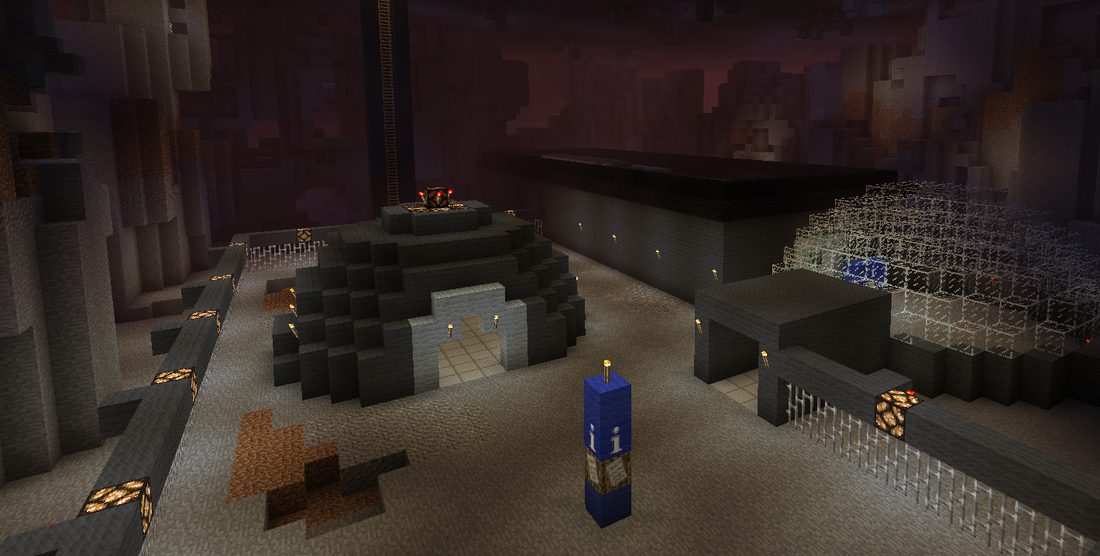
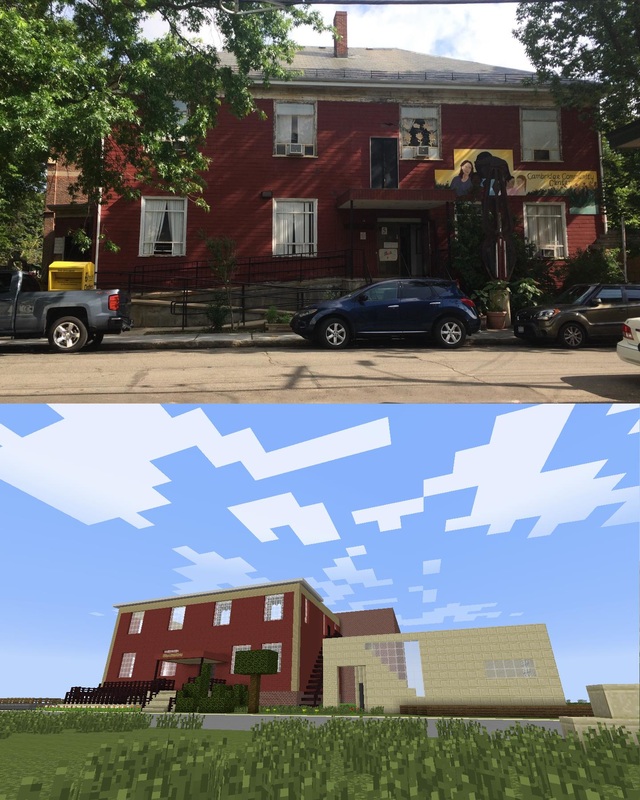
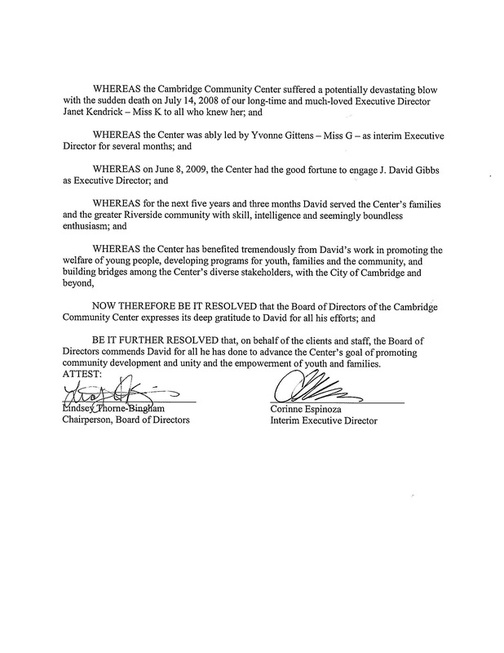
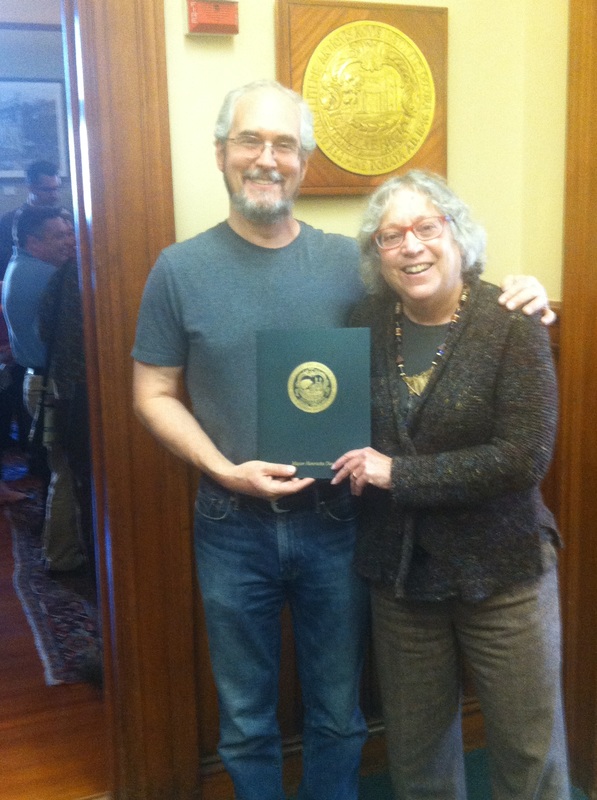
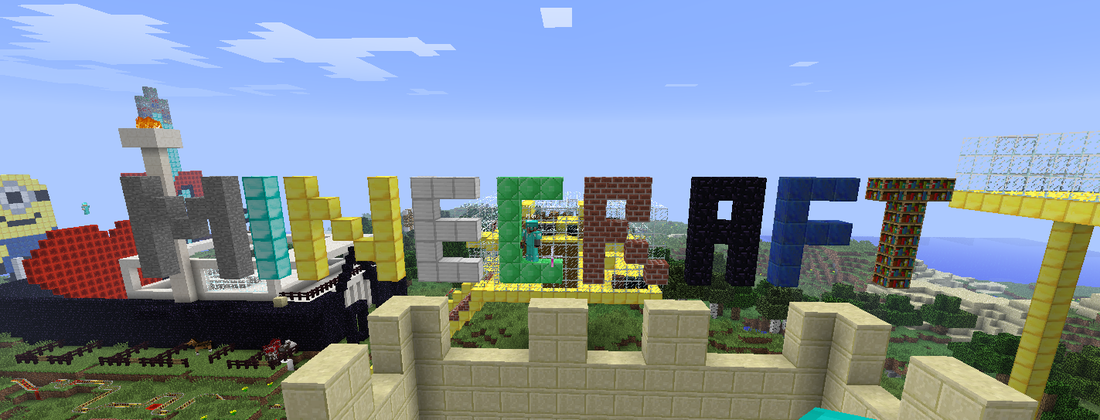
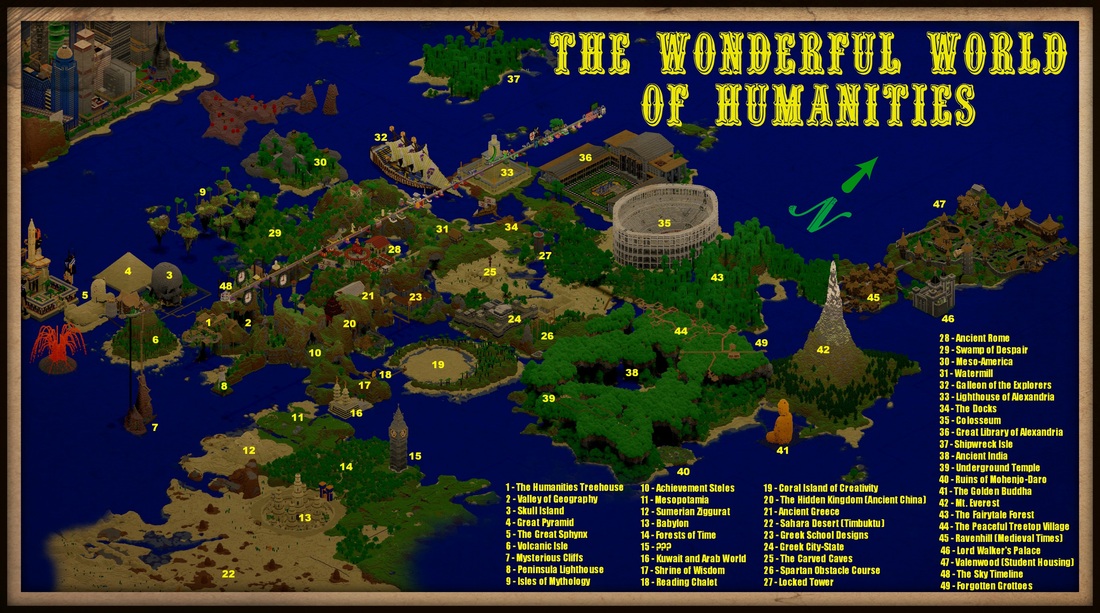
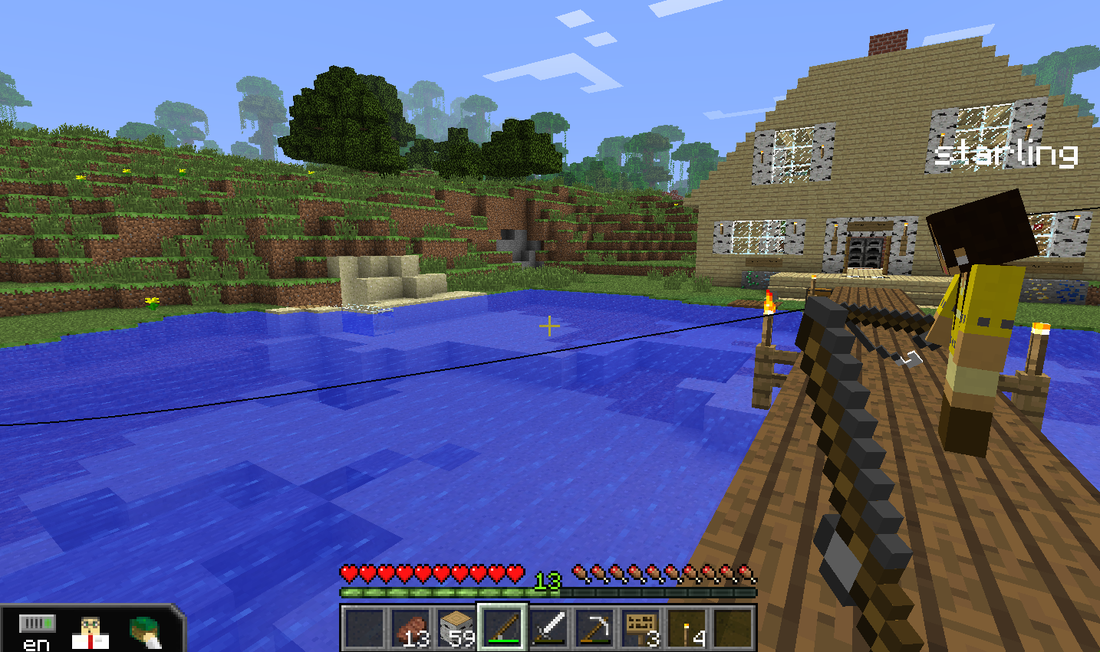
 RSS Feed
RSS Feed